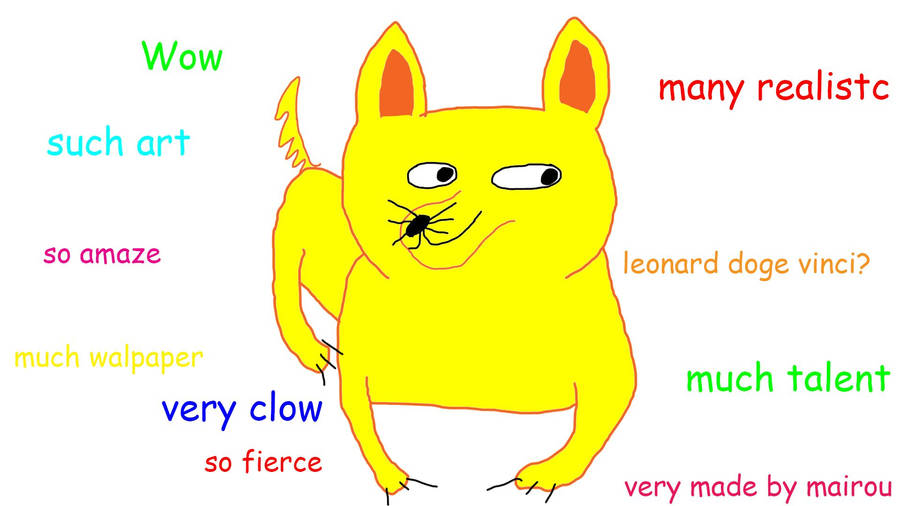This will be my final blog post for the year. It has been a wonderful journey with many ups and downs over the past two years in Seminar and Research. I have gained many skills and fought through challenges. Even though during the process there were definitely times I was not happy with my choice, looking back on it from the end, it was definitely a worthwhile experience.
 |
| Me at the beginning of AP Seminar |
At the beginning of Seminar, my writing skills were ok and my argumentation skills were pretty bad, so it was definitely a learning experience for me. I feel like I honed my craft very well over the course of the year and by my last paper, I truly had produced college-level work that I was proud of. The group projects also helped my collaboration skills a lot, since we all had to merge our voices into one coherent paper. I remember during our first group presentation, Kristiana blanked on one of her slides and I just stepped right in to give her some time to get her bearings back. This helped us both learn teamwork as well as how to handle a difficult situation on the fly. It was not always easy; the only time I ever pulled an all-nighter in high school was for Seminar. But afterwards I learned how to better manage my time and balance a heavy workload.
Then came Research...
The whole research process was definitely a learning experience. At the start of research, I was very sure that I wanted to do price anchoring and only that area of behavioral economics would yield a good research project. Pretty soon after, I began reading sources on behavioral influences and social behavior and time pressure... I shifted my focus from price anchoring to gambling and behavioral effects, which actually turned out to be a more interesting area of research for me. Writing a coherent literature review was a struggle at times, especially since the premise of my lit review was that the three effects are currently not comparable. So trying to tie them together was a struggle at first.
Once I got my methods, getting participants was the biggest struggle of the whole research process. I had like 7 participants 2 days before the study, so I just emailed everyone I knew and managed to get 40 people to come.
My critiques on research would be that towards the end of the class, the editing of other people's papers got a little tedious and became a lot of work. So much to the point that I did not have as much time to edit my own paper because I was spending so long on other people's. I think that reducing that to maybe two per week could improve the class. Overall, I am glad that I did AP Research because I feel like it will give me a leg up in college when applying for research positions and it will also help me perform and know what I am doing once I get there.
The two year journey has been crazy. I am now officially retired from AP Research (after blog comments of course)! (527)



































